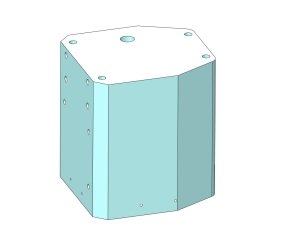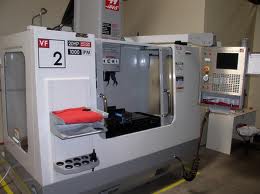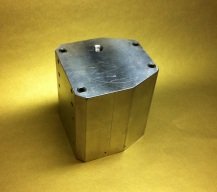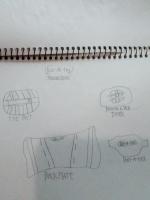Use CNC Rapid Prototyping To Build and Test Product Concepts
If you need a prototype click here.
CNC rapid prototyping is one of the best ways to build parts or products to test your ideas. CNC machining is the process that started it all and created the rapid prototyping industry. This process still offers many benefits over the other rapid prototyping processes.
CNC machining is the process of machining a piece of material using a tool that is controlled by a computer. Machining is a subtractive process meaning material is removed to produce the desired part. This is the opposite of the other rapid prototyping processes that are additive in nature, meaning they build up the parts layer by layer.
On of the benefits of CNC machining is that you can start with any material that you want. Most anything can be machined including plastics, metals, ceramics, wood etc. This provides the benefit of making a prototype part out of a real material that could be used in a production process.
There are many uses for CNC made components including:
- Prototyping
- Form, fit, and function testing
- Communicating a concept
- Limited production runs
- Rapid tooling
- Master patterns for investment casting
If you decide to use CNC rapid prototyping you need to understand the process required to create the parts.
Step 1
The first part of the process is to create 3D CAD drawings. CNC parts cannot be made without a 3D solid of your part. An example of a 3D part is below. This part was created using Solidworks. There are several other software options for designing parts but the important end result is that your part can be exported in a format that a CNC machine can read. Typically this file format is .STEP or .STL.

Step 2
The next step in creating parts by CNC is programming the machine. This is done by a CNC vendor who programs and sets up the machine to make the parts. A standard CNC machine is pictured below. Once the part is loaded, the door is closed and the machine goes to work.

Step 3
After programming the machine, the part is cut out of the specified material automatically. After the machine is set up, the CNC process creates a very accurate part or parts. The resulting parts are typically within plus or minus five thousandths of an inch of your 3D CAD drawings. This tolerance is very good and allows for form fit and function testing with the parts.
Step 4
Once the parts are finished, any required post operations can be done. This could include painting, hardening or plating of the parts. At this point the parts are ready to be test fitted to create your prototype. At this stage it is common to find little changes or tweaks that need to be made for the best fit and operation of your prototype.

The finished part above was created using CNC rapid prototyping. It matches the 3D CAD drawings that were created perfectly for the intended application. This component was used along with 20 or so other parts to create a functioning power tool prototype. It is a complicated product with lots of moving parts. Using CNC machining saved time and money and allowed me to test the concept. As usual there were many changes that were made after I assembled the model for the first time. That is just part of the process.
Return to Rapid Prototyping Processes from CNC Rapid Prototyping
Return to Home Page from CNC Rapid Prototyping
Recent Articles
-
Don't Dare Underwear
Jun 19, 24 11:03 AM
I created a new concept of the boxer briefs with the pocket. They are specifically designed to carry a condom. Joining the fight against infectious diseases -
Rol-A-Flex: Platinum Edition
Apr 08, 24 11:24 AM
Hi My Name Is Malcolm Washington, I'm 19 Years Old And My Invention Is A New And Important Rol-A-Flex AB Belt Called Rol-A-Flex Platinum Edition, It's -
SENSE AWARE
Mar 26, 24 08:00 AM
Sense Aware represents the latest assistive technology project designed to improve safety and independence for the disabled. At its core is the Arduino

